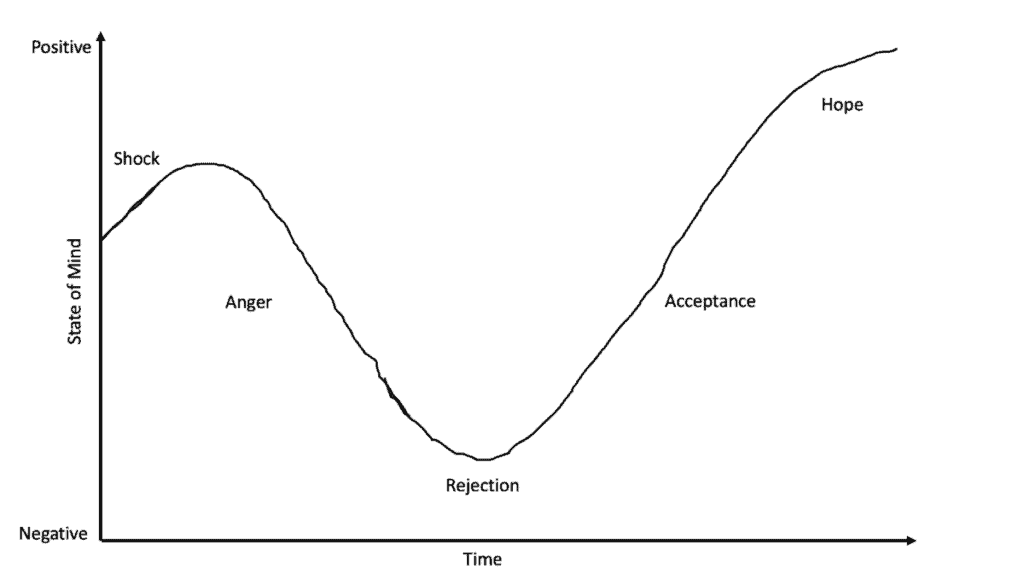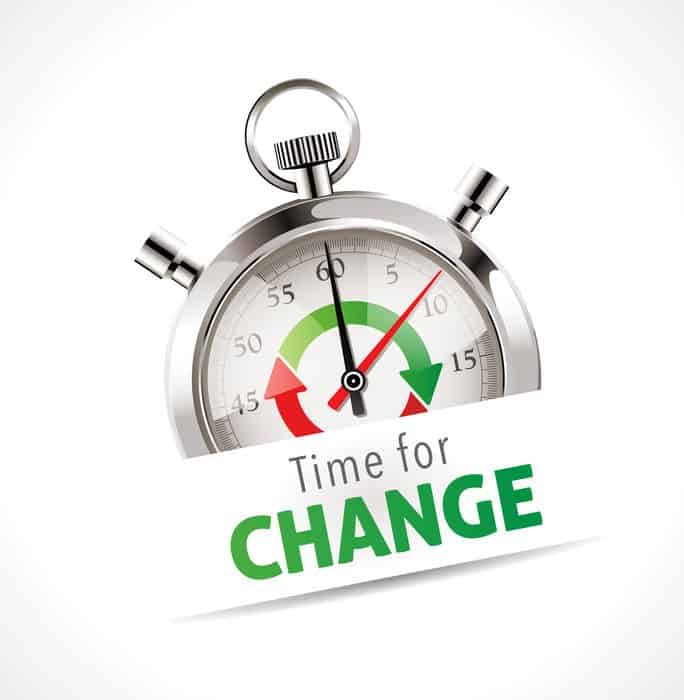The SARAH model reflects a series of emotions that may affect a person when faced with a significant change in their lives.
A business analyst can use the SARAH model to understand the emotions and stages that people can go through during a new business change initiative.
The SARAH model is the abbreviation for:
- Shock
- Anger
- Rejection
- Acceptance
- Hope
Change is the only constant and with industries undergoing challenges and seeking out new business opportunities new business change initiatives will be launched to adapt and change business models and business operating models.
Often these changes affect the processes, organisational, people, information and technology (POPIT)
A business analyst can support people and stakeholders through change by understanding the stages of the SARAH model.
The SARAH model is a useful business analysis technique

Shock
Shock is the initial reaction that people go through when introduced to change. Initially people will often be shocked when they hear and become aware of a business change initiative. People who have been in the organisation for a while will be used too and familiar with their existing ways of working.
Anger
Once the shock has subsided, people may become angry. Shock can lead to anger as people begin to understand what the business change may mean to them. Sometimes this anger can also be directed at others including the business analyst who is working on the new business change initiative.
Rejection
The next stage is rejection. People may reject the idea of the new business change initiative and may wish to be left alone and carry on with their existing ways of working. Deep inside, people at this stage may also appreciate that the business change initiative is happening and stopping the initiative is not really a plausible option. This stage is also the lowest point of the cycle and the only way from here is up.

Acceptance
Over time, people will eventually come to accept the new business change initiative, even though they may not be ready to embrace the initiative with open arms and singing the praises of the initiative.
At this stage, people come to terms with the business change initiative and are ready to accept it. People are also getting used to the new processes, information, people, organisational and technology (POPIT) changes of the initiative.
Hope
In the final stage, hope, people may begin to see the positive sides of the new business change initiative and even the benefits to them and the organisation as a a whole.
Conclusion – What is the Key Message of SARAH Model
The key message of the SARAH model is that change must be planned and managed carefully in order to be successful. This means that you need to have a clear understanding of what you want to achieve, and what steps you need to take to get there.
You also need to be prepared to reflect on your progress and make adjustments along the way. By following the SARAH model, you can ensure that your change management process is effective and efficient.
The SARAH model of change of shock, anger, rejection, acceptance and hope are normal emotions that people go through and should be expected on a new business change initiative.
The team initiating the change including the business analyst needs to be aware of these stages and are required to determine strategies suited to the organisation to assist people through the emotions they go through.
The business change plan needs to consider actions that are needed to action the change in a smooth manner.
The business analyst must not overreact and must remain rational and manage their own emotions. The business analyst must empathise with people and stakeholders involve in the business change initiative. They will also need to have patience throughout the change initiative.
You can apply the concept of the SARAH model for business or digital transformations and for organisations that are changing their ways of working from waterfall to agile


